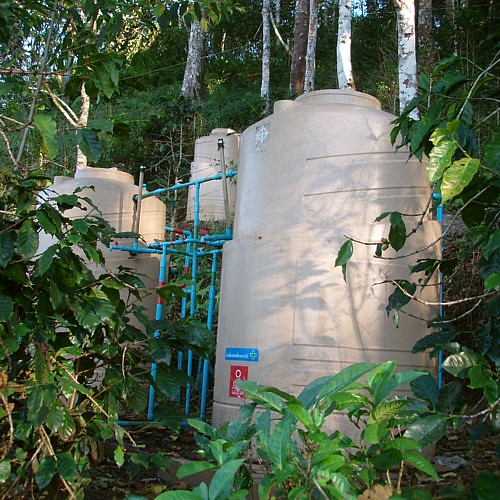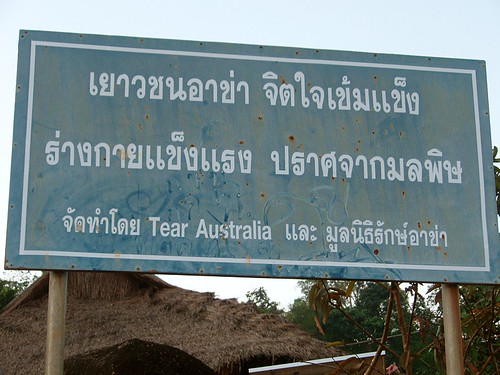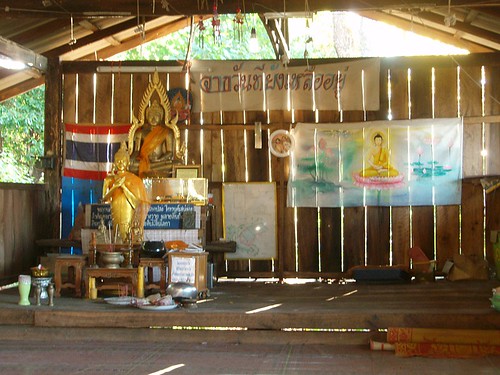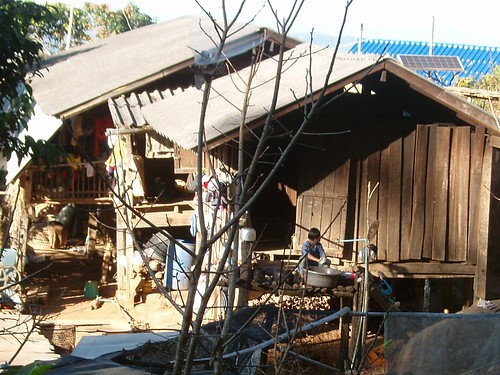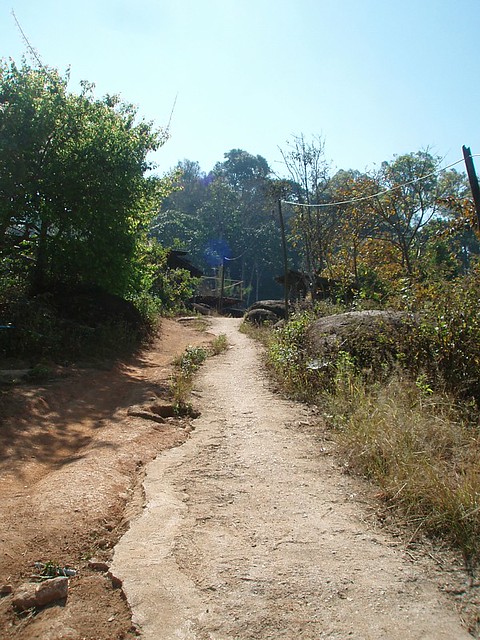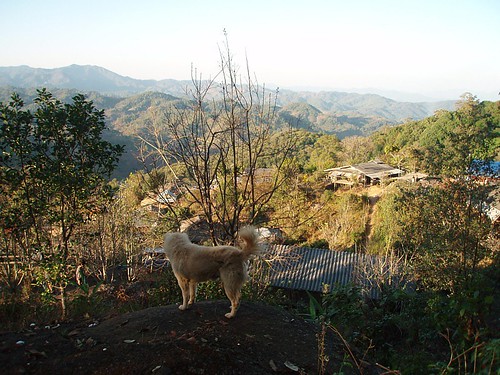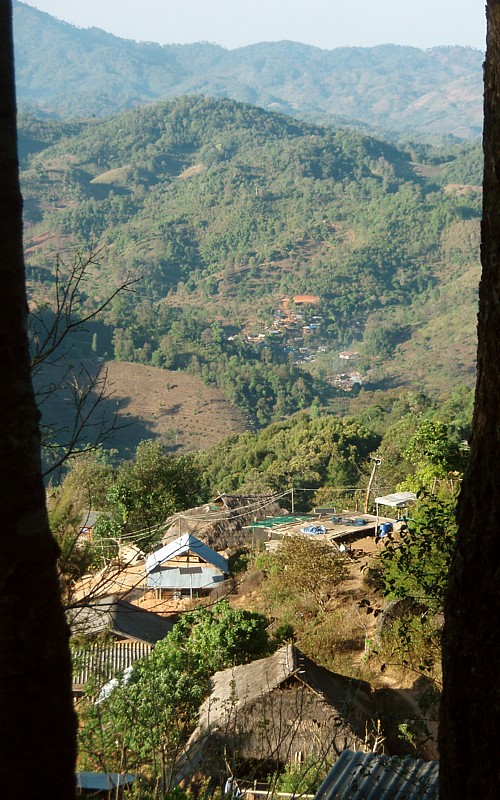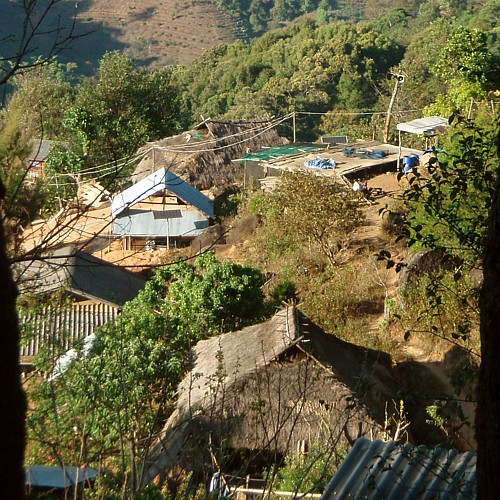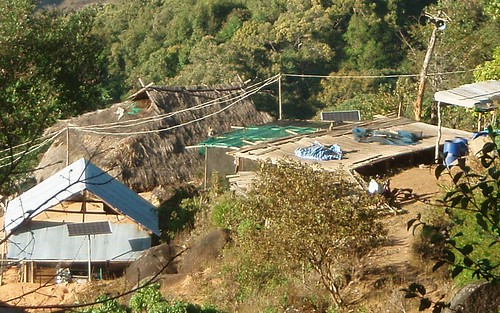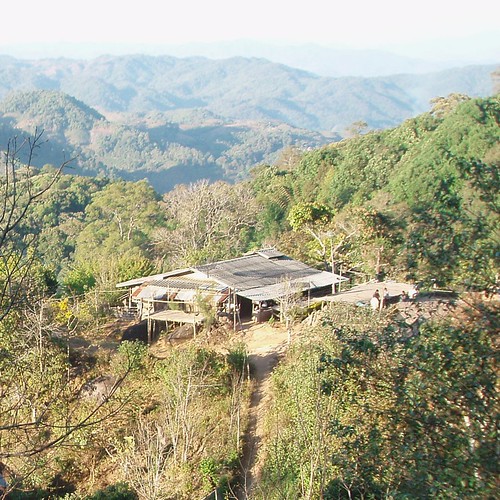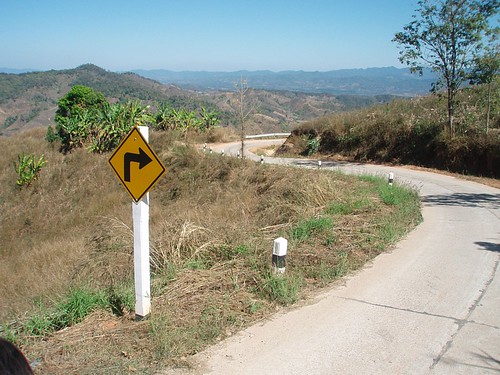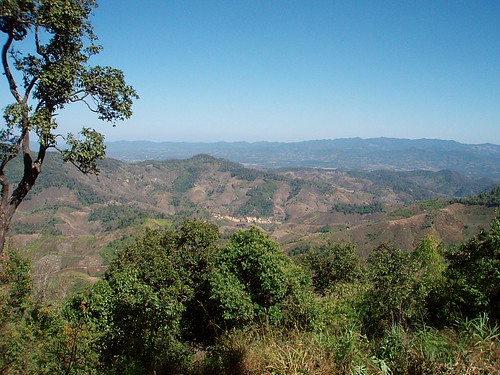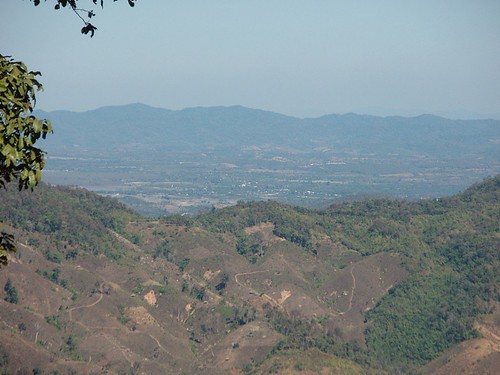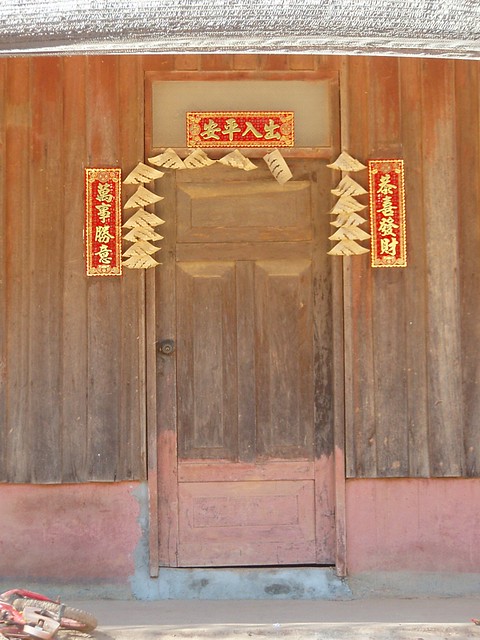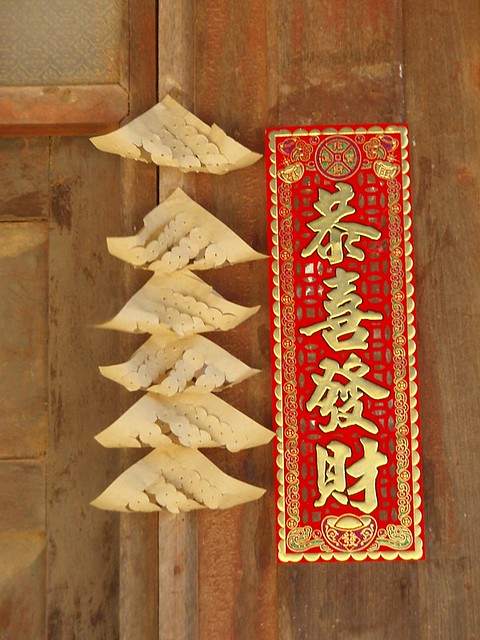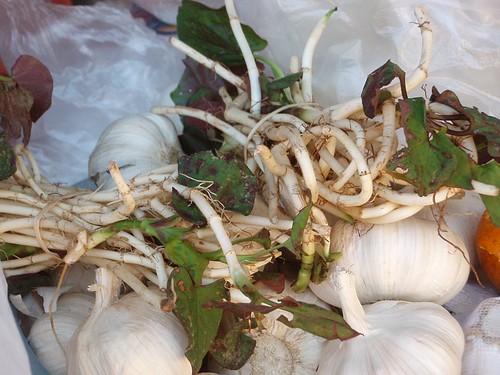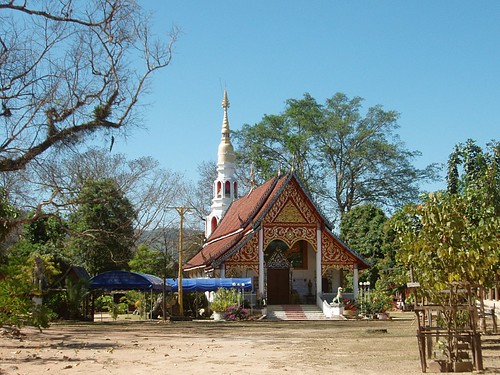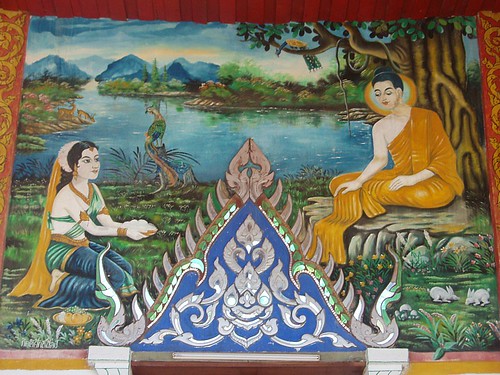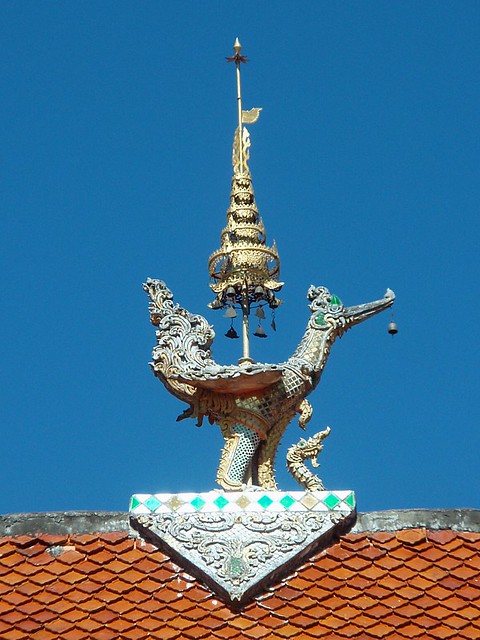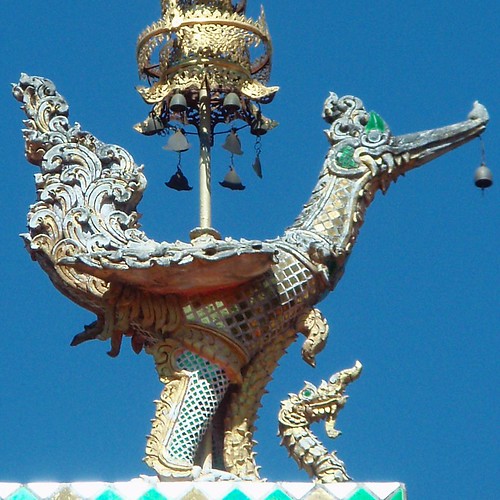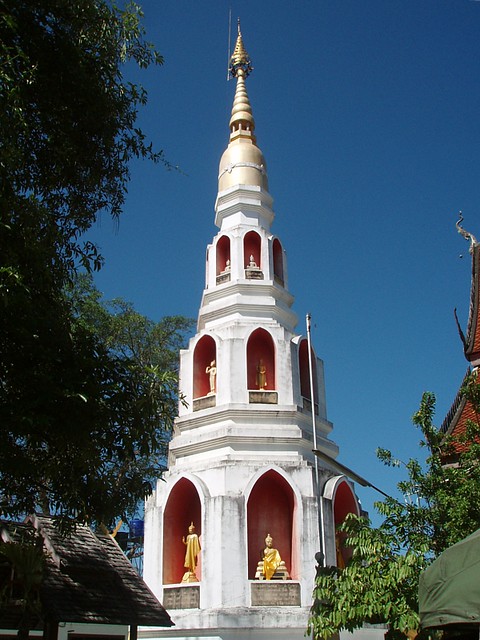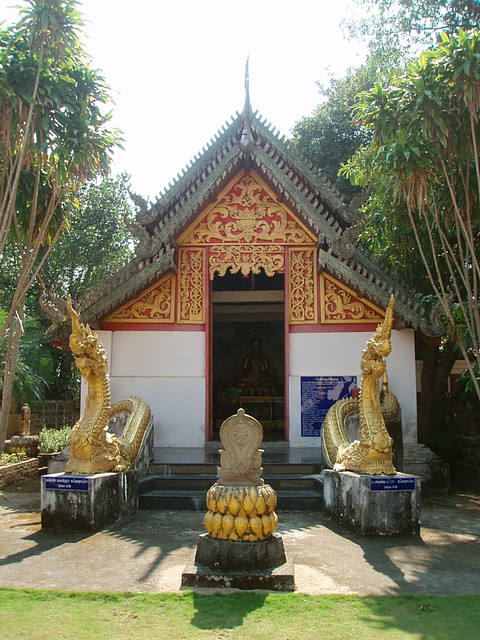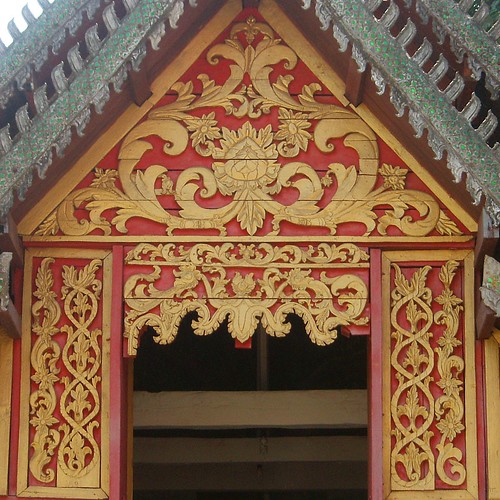- if you wish to duplicate this info, please acknowledge & link back to the source
- thank you to Captain Bob
- created on 31 Dec 2010; last updated 17 August 2012
Chiangrai inter-province bus station
aka. new bus station/ท่ารถใหม่ (tha rot mai), Chiangrai bus station 2/ขนส่ง 2 (khonsong sawng)
located ~6km south of Chiangrai city centre
Green Bus Thailand now has English bus timetables online here:
http://greenbusthailand.com/en/customer-service/bus-schedules/
Old info for reference:
Chiangrai to Chiangmai by Green Bus Co. (15 Sept 2011) (Captain Bob)
Chiangmai to Chiangrai by Green Bus Co. (15 Sept 2011) (Captain Bob)
Chiangrai to Chiangmai by Green Bus Co. (18 Dec 2010)
Chiangmai to Chiangrai by Green Bus Co. (18 Dec 2010)
* other destinations - English version (18 Dec 2010):

Click on image for full size version
* other destinations - Thai version (18 Dec 2010):
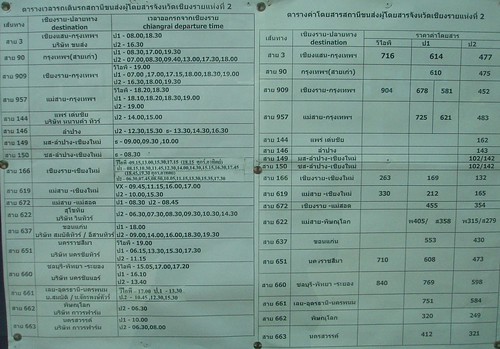
Click on image for full size version
- note difference in timings between the English & Thai versions for route #619
- apart from services to Bangkok, all routes are served by Green Bus Co. unless otherwise indicated (this info is omitted in the English version, but have added it in blue font)
- to Lamphun: buses to Chiangmai will pass through enroute
- to Phayao & Phrae: buses to Bangkok (except #90 'old route') will pass through enroute, buses to Sukothai, Phitsanulok & Nakhon Sawan should too (best to double check with bus company staff)
* Chiangrai to Phitsanulok (via Phayao, Phrae & Sukhothai) by Win Tour Co. (15 Sept 2011) (Captain Bob):
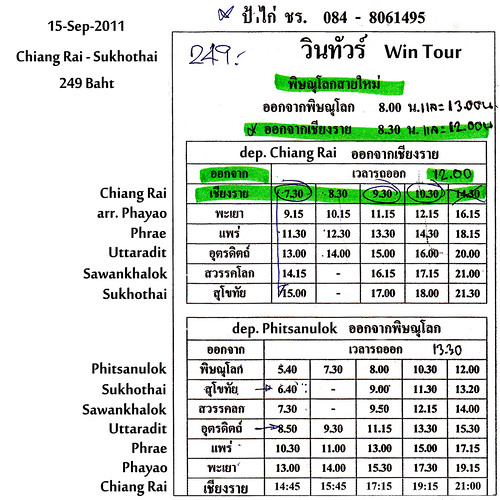
Click on image for full size version
* Chiangrai inter-province bus station to Chiangrai intra-province bus station:
shared songthaews parked near the bus station toilets depart when there are enough passengers, fare = B10 (18 Dec 2010)
Chiangrai intra-province bus station
aka. old bus station/ท่ารถเก่า (tha rot kao), Chiangrai bus station 1/ขนส่ง 1 (khonsong neung)
located next to the night bazaar in Chiangrai city centre
* Timetable (03 Jan 2010):
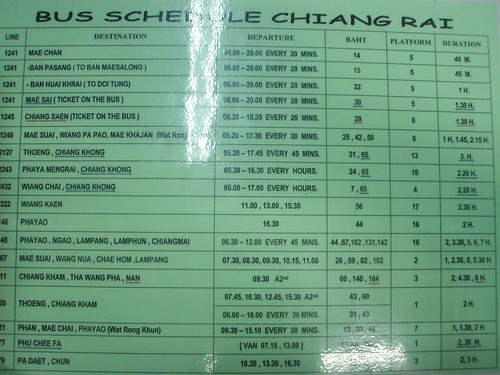
Click on image for full size version
- to Chiang Khong: buses that go via Phaya Mengrai or Wiang Kaen take a shorter ~2.5h route, those via Thoeng take a longer 3h route
- to Phu Langka: take the Chiang Kham-Tha Wang Pha-Nan bus
Municipal market songthaew station
At the municipal market (เทศบาล talat thetsabaan) along Uttarakit Rd, next to Wat Mung Muang.
Songthaews to places in various subdistricts (e.g. Ban Ruammitr, Huay Mae Sai, Mae Lao, etc) depart from here.
Some routes might have only one fixed run per day, with additional trips only if there is enough demand or if chartered.

